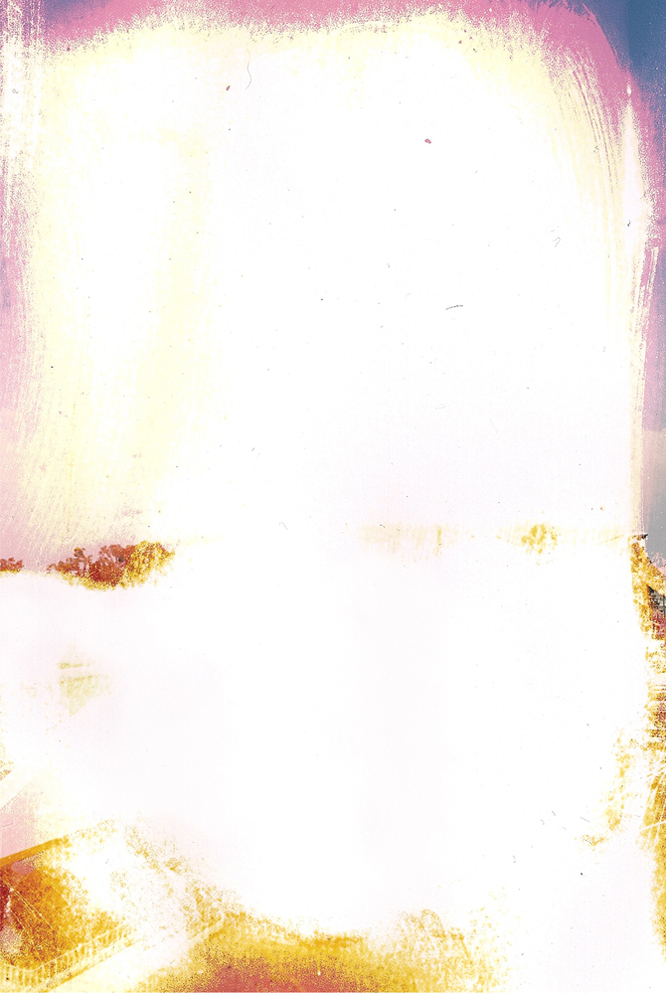 |
 |
 |
 |

Pamela Zeferino. Sin título, de la serie Borrar la ciudad
Ciudad Nezahualcóyotl, 2013
Fotografía digital intervenida. Impresión digital
C-print sobre papel metálico

Pamela Zeferino. Sin título, de la serie Borrar la ciudad
Ciudad Nezahualcóyotl, 2013
Fotografía digital intervenida. Impresión digital
C-print sobre papel metálico

Pamela Zeferino. Sin título, de la serie Borrar la ciudad
Ciudad Nezahualcóyotl, 2013
Fotografía digital intervenida. Impresión digital
C-print sobre papel metálico

Pamela Zeferino. Sin título, de la serie Borrar la ciudad
Ciudad Nezahualcóyotl, 2013
Fotografía digital intervenida. Impresión digital
C-print sobre papel metálico

Ciudad Neza is located in dried bed of the ancient Lake of Texcoco. It started off as a squatters' settlement for thousands of people—my grandparents among them—who occupied or purchased plots of land there in the early 1950s.
Today, with close to 63 km² and 1.2 million residents, Ciudad Nezahualcóyotl has few remaining green spaces—essentially, the Parque del Pueblo and the medians of major thoroughfares. Though the area was once a lake, today its surface water comes in the form of wastewater canals that skirt some of the main avenues.
And what would happen if nature were to reclaim the land? My project's goal was to make a series of manipulated photographs that are inspired in this potential threat.
In my hypothesis, nature would destroy the entire city. So what would be left to photograph then? What sites would be representative of the destruction?
I picked steel or concrete buildings whose construction was the result of plans to modernize the city. My final selection included the Palacio Municipal or city hall, Sebastián's monumental El Coyote sculpture, Neza Arena, an enormous playground structure in the shape of an octopus and boat, the Neza 86 Stadium, the Centro Cultural El Castillito, a station of the recently opened Mexibús, and the Avenida Sor Juana traffic circle.
I first thought of over-painting the photographs, but the result lacked the character I was looking for. One afternoon, my house flooded. Realizing I was basing myself on the fact that the city was built on a lake, I decided to do some tests by submerging the photographs in the floodwater. I watched the colors in the photographs become desaturated, or even disappear altogether—this could be the right way of erasing the city from the images.
Following this process, I completed a series of twenty photographs, four of which are presented in this show. In my opinion, these photographs sum up my conceptual, formal and technical study of the matter.
→ Read more
→ Bio
Mexico City, 1989. Studied visual art at the Escuela Nacional de Pintura, Escultura y Grabado "La Esmeralda" and was an exchange student for one semester at the École Nationale de Beaux Arts de Lyon, France. In 2012 she presented the solo show El gran tour at the "La Esmeralda" gallery. Her work has been featured in various group shows in Mexico. She has received the Focaem's Jóvenes Creadores grant in 2013 and was artist-in-residence at the Abu Dhabi Art Hub in the United Arab Emirates that same year. Her work has been published in the magazines Marvin and Drik. She is currently enrolled in a study program at SOMA.